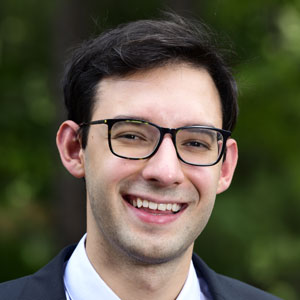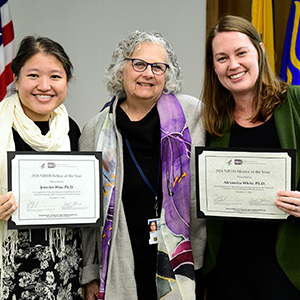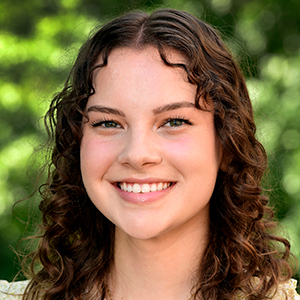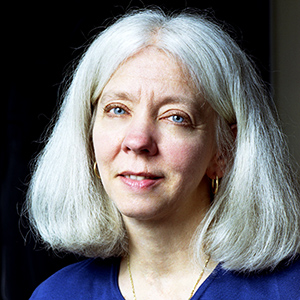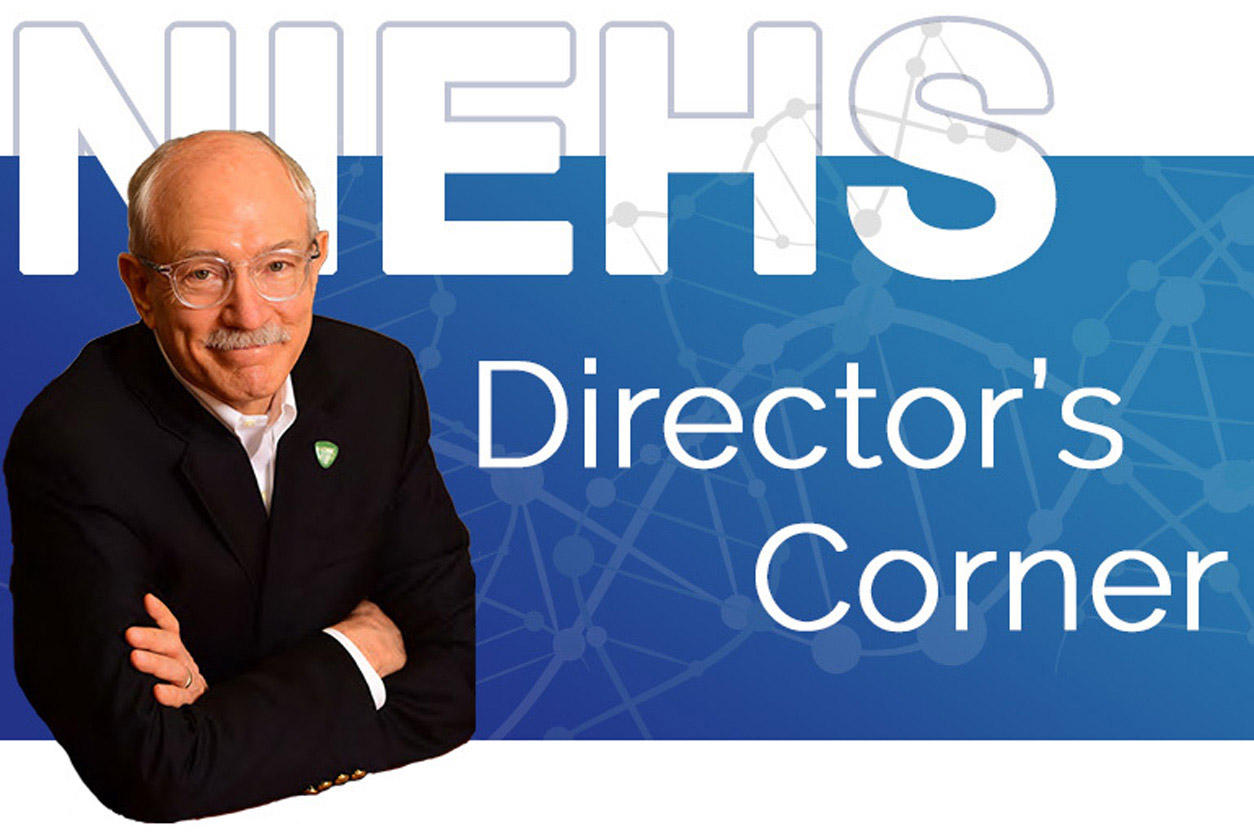
When I look back on my career, I think about the individuals who influenced me for the better — my parents, high school science teachers, and postdoctoral mentor, to name just a few. The guidance and insights they provided helped me navigate my personal and professional life, instilled hard work and discipline, and showed me the importance of teamwork.
In science, it is often said that we stand on the shoulders of giants, meaning the intellectual heavyweights and groundbreaking researchers of previous generations. However, I would add that we also stand on the shoulders of those who have taken time to share their knowledge and wisdom, and who have put in the effort to nurture our talent.
At NIEHS, cultivating scientific talent is engrained in our strategic plan. Our institute is committed to training the next generation of researchers in the environmental health sciences. Each year, we recruit postbaccalaureate, predoctoral, and postdoctoral fellows to join our laboratories, and they help to strengthen our workforce and advance the NIEHS mission.
Senior scientists and staff go above and beyond to make the fellows’ experience rewarding. Humphrey Yao, Ph.D., who leads the NIEHS Reproductive Developmental Biology Group, provides a case in point. Since joining the institute in 2010, Yao has built a highly successful research program while helping fellows and other early-career scientists to flourish.
In 2016, he was honored as the NIEHS Mentor of the Year, and in 2020, he received a National Institutes of Health Director’s Award for his scientific accolades and dedication to mentorship. Recently, I sat down with Yao to learn more about his latest research and why mentoring trainees benefits not just their careers but also the overall biomedical research enterprise.
Scientific game changer
Rick Woychik: You lead the NIEHS Reproductive Developmental Biology Group, which studies how environmental exposures during embryonic development may pave the way for defects in reproductive organs. Can you describe some of the exciting work your group is focused on now?
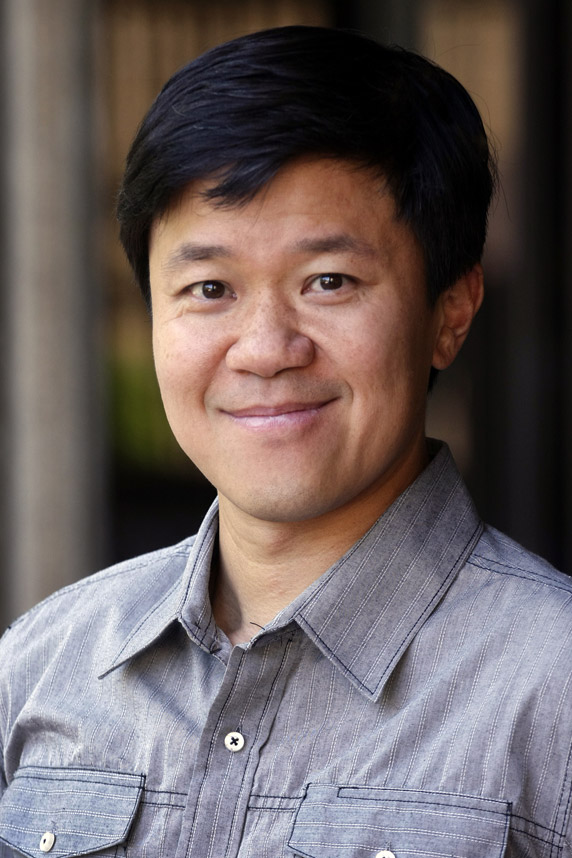
Humphrey Yao: Sure. The development of gonads and other reproductive organs prior to birth represents a key window of susceptibility to environmental exposures, such as endocrine-disrupting chemicals and heat stress due to climate change. For example, data suggest that for pregnant women exposed to high temperatures during certain periods of gestation, their male offspring may have increased incidence of hypospadias, which is a birth defect of the external genitalia.
Our goal is to establish a baseline understanding of normal gonadal development and the development of other reproductive organs. We study this development and how exposures might disrupt these biological processes using the mouse as a model organism to understand what happens in humans. There are many genes and cell types involved in gonadal development, and we want to study how they function and interact.
We aim to work at the cutting-edge of innovation. To study genes during early development, our group has customized a technique called blastocyst complementation, which has been a game-changer for us. A blastocyst is an early-stage embryo. In mouse models, we genetically manipulated it so that the mouse that develops from this blastocyst does not form gonads.
Then, our approach involves injecting mouse embryonic stem cells into these embryos that lack gonads. The injected cells will then occupy the empty gonad niche, or microenvironment, and help to form the gonads. This technique allows us to manipulate the embryonic stem cells directly and streamline the process of learning which genes spur development of the gonads. We will selectively inactivate genes within the cells to see how they affect such development.
Blastocyst complementation is a transformational technique that eliminates months, if not years, of work that would otherwise be required for this kind of project. As you might expect, being at NIEHS, my team will also incorporate an environmental exposure model to see how chemicals such as arsenic and phthalates produce toxic effects in different reproductive organs. We are excited about what the future holds.
Mentorship: privilege and responsibility
RW: Throughout your years at NIEHS, you have been recognized for your outstanding mentorship and for helping trainees publish exciting papers, win research awards, and present their science to wider audiences. Can you discuss the importance of mentoring the next generation of scientists?
HY: I have been fortunate to have wonderful trainees go through my lab. My mentorship philosophy is to treat each person as a unique individual. I try to understand their personality, goals, strengths, and weaknesses so that I can provide the best possible laboratory environment and allow a variety of talents to thrive.
The fact that young people are willing to dedicate several years of their life to conducting research in my group is a tremendous privilege and an enormous responsibility, in my view. They have entrusted me to give them the leadership, resources, and training they need to be successful, and it is my job to do all I can to help them.
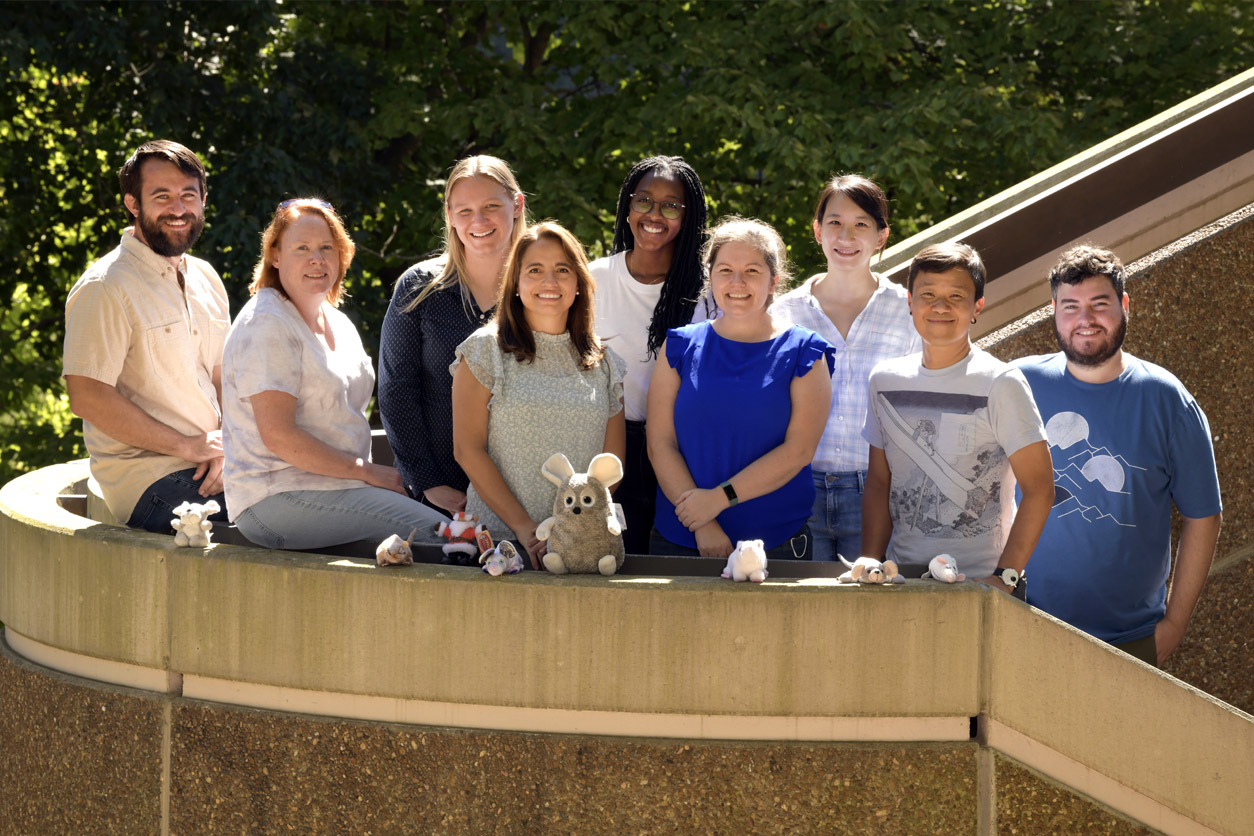
In my opinion, the “sink or swim” philosophy that seemed prevalent in biomedical research years ago is entirely outdated. The modern research enterprise calls for greater collaboration and team-based approaches, and an atmosphere that goes against those ideals is not healthy or constructive.
A person who is a major influence in this regard — and a major influence on my career and my life, period — is Dr. Janice Bahr, my doctoral thesis advisor at the University of Illinois Urbana-Champaign. She made me realize that a great scientist can also be a great person. Dr. Bahr truly cared about her students’ well-being, and she was incredibly kind. I try to emulate her warmth and the highly effective ways she provided constructive feedback and encouragement.
I’ll never forget the first time I met her during a snowstorm on campus. She was the only person in her lab during Christmas time in 1993, and we had a long conversation. I was blown away by her generosity of spirit. Today, she is retired but still very active, writing scientific manuscripts, reviewing research papers, and advising junior scientists. I am proud to call her a friend and mentor.
Helping trainees improve science communication
RW: I understand that you are also passionate about science communication. You have hosted annual workshops at NIEHS to help trainees improve their science writing and presentation skills. Can you talk about your efforts in this area?
HY: The story I always tell people is that when I was in my second year as a postdoctoral fellow at Duke University, a Nobel Prize winner came to campus to deliver a lecture. I sat there for one hour listening to his presentation, but I left very frustrated. I first thought that maybe I was not smart enough to understand the science he was presenting, but eventually I realized the problem was the Nobel Prize winner had not conveyed his thoughts clearly.
That was one of the first moments where I began to recognize the importance of science communication. No matter how great of a scientist you are, if you cannot share your work effectively with the public or with other researchers, it is likely your science will have less impact. So, I started to read more about science communication and studied others’ presentations closely, trying to pick up do’s and don’ts that would help me in my career.
In 2012, a couple of years after I became a principal investigator at NIEHS, I initiated a regular workshop for fellows that sort of pulls together everything I have learned about how to give an effective scientific presentation, even down to details on body language and effective posture. I have also hosted workshops on how to write science manuscripts, and in the near future, I hope to teach junior faculty how to write research grant proposals.
(Rick Woychik, Ph.D., directs NIEHS and the National Toxicology Program.)





